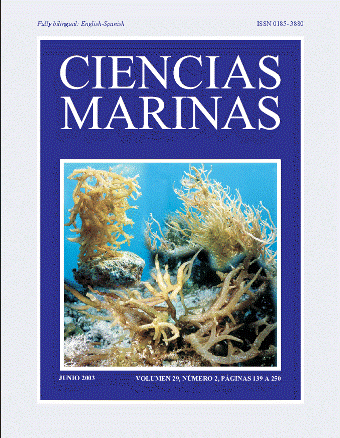Induction to tetraploidy in catarina scallop, Argopecten ventricosus (Sowerby II, 1842)
Main Article Content
Abstract
Induction to tetraploidy by inhibition of the first polar body and first cellular division in fertilized eggs from diploids produced an occasional small percentage of tetraploid D-larvae, but was not successful in multiple experiments with individual or combined spawns in producing juvenile or adult tetraploids. However, when inhibition of the first polar body in eggs from triploids was done, a larger percentage of tetraploids was evidenced by flow cytometry of D-larvae, and viable larvae were obtained in one out of six induced batches. Six individuals survived to pre-adult size, five being tetraploids and one a mosaic (diploid-tetraploid). Based on these results, further efforts in producing tetraploid catarina scallop should be centered on the method involving inhibition of the first polar body in eggs from triploids, fertilized with haploid sperm.
Downloads
Article Details
This is an open access article distributed under a Creative Commons Attribution 4.0 License, which allows you to share and adapt the work, as long as you give appropriate credit to the original author(s) and the source, provide a link to the Creative Commons license, and indicate if changes were made. Figures, tables and other elements in the article are included in the article’s CC BY 4.0 license, unless otherwise indicated. The journal title is protected by copyrights and not subject to this license. Full license deed can be viewed here.

